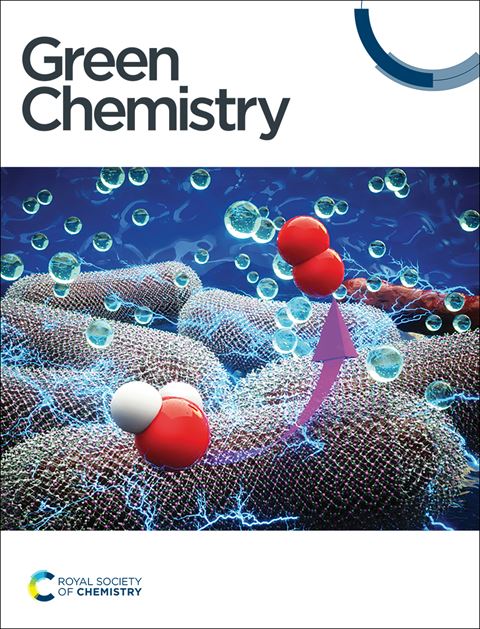A comparative review of biohydrogen and biomethane production from biowaste through photo-fermentation
IF 9.3
1区 化学
Q1 CHEMISTRY, MULTIDISCIPLINARY
引用次数: 0
Abstract
Given the depletion of fossil fuels and the environmental issues they cause, the search for alternative, clean, and renewable energy sources has made significant progress. Among them, the photo-fermentative production of bioenergy stands out as an attractive and environmentally friendly approach. This review comprehensively examines the key biological and technological characteristics and mechanisms involved in the production of biohydrogen and biomethane through photo-fermentation. Specifically, it discusses the use of wastewater or biowaste as feedstocks for photobiological hydrogen production, key factors influencing biohydrogen yields, and various enhancement methods. Building on the insights gained from biohydrogen production, we further explore the processes, methods, and mechanisms for enhancing photo-fermentative biomethane production areas that have not been thoroughly reviewed elsewhere. By linking biohydrogen and biomethane production, this study underscores the complementary roles of these bioenergy sources within a unified photo-fermentative framework. Additionally, it offers a comparative analysis of biohydrogen and biomethane in terms of mechanisms, feedstock utilization, environmental impact, economic viability and efficiency. The aim is to highlight recent advancements in this field, identify challenges and future perspectives, and discuss the potential of photobiological biohydrogen and biomethane as sustainable bioenergy sources.
求助全文
约1分钟内获得全文
求助全文
来源期刊

Green Chemistry
化学-化学综合
CiteScore
16.10
自引率
7.10%
发文量
677
审稿时长
1.4 months
期刊介绍:
Green Chemistry is a journal that provides a unique forum for the publication of innovative research on the development of alternative green and sustainable technologies. The scope of Green Chemistry is based on the definition proposed by Anastas and Warner (Green Chemistry: Theory and Practice, P T Anastas and J C Warner, Oxford University Press, Oxford, 1998), which defines green chemistry as the utilisation of a set of principles that reduces or eliminates the use or generation of hazardous substances in the design, manufacture and application of chemical products. Green Chemistry aims to reduce the environmental impact of the chemical enterprise by developing a technology base that is inherently non-toxic to living things and the environment. The journal welcomes submissions on all aspects of research relating to this endeavor and publishes original and significant cutting-edge research that is likely to be of wide general appeal. For a work to be published, it must present a significant advance in green chemistry, including a comparison with existing methods and a demonstration of advantages over those methods.
 求助内容:
求助内容: 应助结果提醒方式:
应助结果提醒方式:


